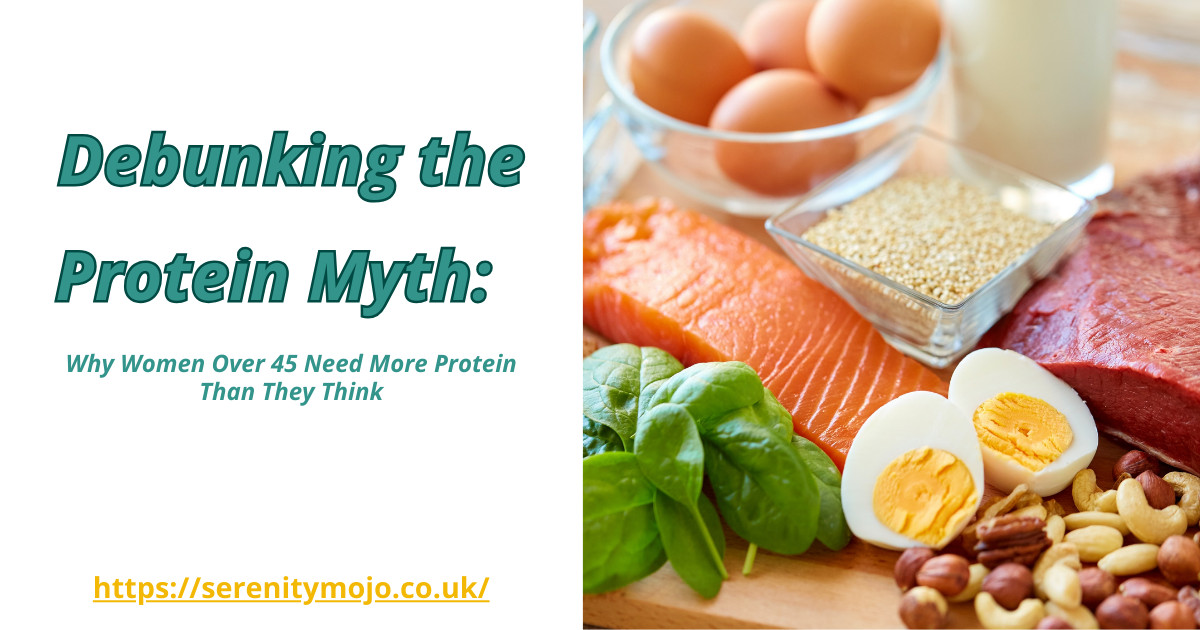
Introduction
If you’re a woman over 45, chances are you’ve been told at some point to “eat a balanced diet” and assume that means you’re getting enough protein. But are you really?
The truth is, most women aren’t eating enough protein for what their bodies actually need at this stage of life—and it’s affecting everything from energy levels and metabolism to muscle strength and hormone balance.
With so much conflicting advice out there, it’s easy to be confused. That’s why today, we’re debunking the most common protein myths and giving you simple, realistic ways to increase your intake—without feeling like you have to overhaul your entire diet.
Why Protein Matters More After 45
As we get older, our bodies go through natural changes—muscle mass starts to decline, metabolism slows, and hormones shift.
This is where protein becomes essential:
✅ It supports muscle maintenance, helping to prevent the natural loss of lean tissue.
✅ It keeps blood sugar stable, avoiding energy crashes and cravings.
✅ It boosts metabolism, helping with healthy weight management.
✅ It supports hormones and immune function, making it easier to feel strong and balanced.
✅ It supports muscle maintenance, helping to prevent the natural loss of lean tissue.
✅ It keeps blood sugar stable, avoiding energy crashes and cravings.
✅ It boosts metabolism, helping with healthy weight management.
✅ It supports hormones and immune function, making it easier to feel strong and balanced.
Despite all these benefits, many women still aren’t getting enough protein daily—often due to myths like these…
Myth 1: "I eat a healthy diet, so I’m getting enough protein."
Many women assume that if they’re eating a variety of whole foods, they’re naturally hitting their protein needs. But the truth is, the recommended protein intake increases as we age.
👉 Women over 45 should aim for 1.2 to 2.0 grams of protein per kilogram of body weight—which is often more than what’s typically consumed.
What does that look like? If you weigh 65kg (143 lbs), you’d need 78–130g of protein per day—far more than what a bowl of porridge or a salad with a few nuts provides.
✅ Simple Fix: Make sure every meal contains a solid source of protein (e.g., eggs, fish, meat, offal, tofu or collagen/protein powder) rather than relying on small amounts here and there.
Myth 2: "Protein is only for bodybuilders and athletes."
It’s easy to think that protein is just for people lifting heavy weights at the gym. But it’s actually critical for all women, especially in midlife.
👉 Why? Because muscle mass naturally declines with age (a process called sarcopenia), leading to:
❌ Increased fatigue and sluggishness
❌ A slower metabolism, making weight management harder
❌ More aches and joint discomfort due to weaker muscles
❌ Increased fatigue and sluggishness
❌ A slower metabolism, making weight management harder
❌ More aches and joint discomfort due to weaker muscles
✅ Simple Fix: Aim for 30g of protein per meal to maintain muscle, support recovery, and keep your metabolism running efficiently.
Myth 3: "Eating more protein will make me gain weight."
Many women fear that eating more protein = weight gain. But in reality, protein helps with weight management.
👉 Why?
✅ Protein keeps you full longer—meaning fewer cravings and less snacking.
✅ Protein helps preserve lean muscle—which supports fat-burning and metabolism.
✅ Protein stabilises blood sugar—reducing energy crashes that lead to overeating.
✅ Protein keeps you full longer—meaning fewer cravings and less snacking.
✅ Protein helps preserve lean muscle—which supports fat-burning and metabolism.
✅ Protein stabilises blood sugar—reducing energy crashes that lead to overeating.
If you’ve been struggling with midlife weight gain or stubborn belly fat, increasing your protein intake could be one of the easiest ways to help regulate appetite and metabolism.
✅ Simple Fix: Include protein + healthy fats in meals with plenty of non-starchy vegetables to avoid blood sugar spikes and keep cravings in check.
How to Easily Increase Your Protein Intake
1. Start Your Day with Protein
Many women start their day with toast, cereal, or just coffee—which leads to energy crashes later on.
Try this instead:
✔ Greek yogurt with nuts & berries with added protein or collagen powder
✔ A smoothie with protein powder + nut butter
✔ Eggs with avocado & smoked salmon
✔ Greek yogurt with nuts & berries with added protein or collagen powder
✔ A smoothie with protein powder + nut butter
✔ Eggs with avocado & smoked salmon
🔹 Why? A high-protein breakfast keeps you full longer and stabilises blood sugar.
2. Choose Protein-Rich Snacks
Ditch the sugary granola bars and carb-heavy snacks that cause crashes. Instead, opt for:
✔ Nuts & apple slices
✔ Left-over roast chicken
✔ Hard-boiled eggs with a sprinkle of salt
✔ Nuts & apple slices
✔ Left-over roast chicken
✔ Hard-boiled eggs with a sprinkle of salt
🔹 Why? Protein keeps your energy steady between meals.
3. Add More Protein to Your Meals
Use the PFC (Protein, Fat, Carb) method to build balanced meals.
🔹 Example:
❌ Before: A salad with just lettuce, tomato, and dressing.
✅ After: Add grilled chicken, tofu, or salmon + olive oil for a balanced plate.
❌ Before: A salad with just lettuce, tomato, and dressing.
✅ After: Add grilled chicken, tofu, or salmon + olive oil for a balanced plate.
🔹 Why? This prevents energy dips and keeps cravings under control.
4. Consider a Protein Supplement
If you struggle to hit your protein intake through food alone, a high-quality protein powder (Bone broth, collagen, or plant-based) can help fill the gaps. (See my blog on Protein Powders)
🔹 How to Use It:
✔ Add to smoothies
✔ Stir into oatmeal
✔ Mix into yogurt
✔ Add to smoothies
✔ Stir into oatmeal
✔ Mix into yogurt
✅ Choose wisely—look for clean, minimal-ingredient Protein Powders preferably without artificial sweeteners or additives.
5. Track Your Intake for a Few Days
Think you’re getting enough protein? You might be surprised!
🔹 Use a simple tracker (or The Wellness Tracker!) to log your meals for a few days and check your intake.
✅ Once you see where you’re falling short, it’s much easier to make small adjustments.
Conclusion: Small Changes, Big Impact
By now, you know that protein is not just for bodybuilders—it’s essential for energy, metabolism, and overall health.
If you’ve been struggling with low energy, cravings, bloating, muzzy head or stubborn weight gain, increasing your protein intake could be a game-changer.
📌 Want to make sure you’re on the right track? Click the button below and download The Wellness Tracker to start identifying patterns in your energy, digestion, and mood.
📌 Need help making sense of your symptoms? Book a FREE 15-minute Wellness Reset Call where we’ll:
✅ Pinpoint what’s keeping you stuck
✅ Identify simple, impactful changes you can make
✅ Create a clear plan to help you feel better
✅ Pinpoint what’s keeping you stuck
✅ Identify simple, impactful changes you can make
✅ Create a clear plan to help you feel better
✨ Ready to Tune In to What Your Body’s Really Telling You? ✨
There’s a way to feel better—and it starts with clarity.
There’s a way to feel better—and it starts with clarity.
🌻 Track What Matters – Grab your free Wellness Tracker to start uncovering patterns.
🌻 Get a Personalised Review – Book your Serenity Health Review—a deep dive into your health story with tailored recommendations.
🌻 Ready to Go Deeper? – My wellness programmes guide you through hormone, energy, and gut support—without the overwhelm. You can Find Your Balance here.
🌻 Get a Personalised Review – Book your Serenity Health Review—a deep dive into your health story with tailored recommendations.
🌻 Ready to Go Deeper? – My wellness programmes guide you through hormone, energy, and gut support—without the overwhelm. You can Find Your Balance here.
to begin at your own pace.
Like what you’re learning? Let’s keep this going.
Subscribe for expert-backed guidance on vitality, balance, and healthy ageing—delivered in plain English, never overwhelm.
Subscribe for expert-backed guidance on vitality, balance, and healthy ageing—delivered in plain English, never overwhelm.



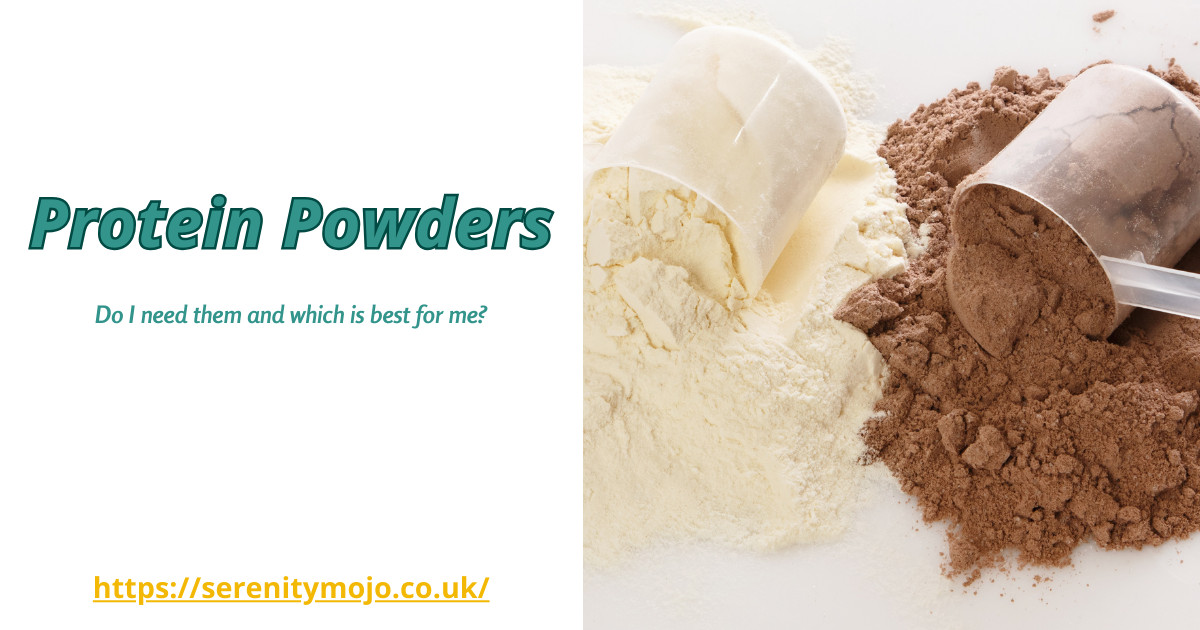



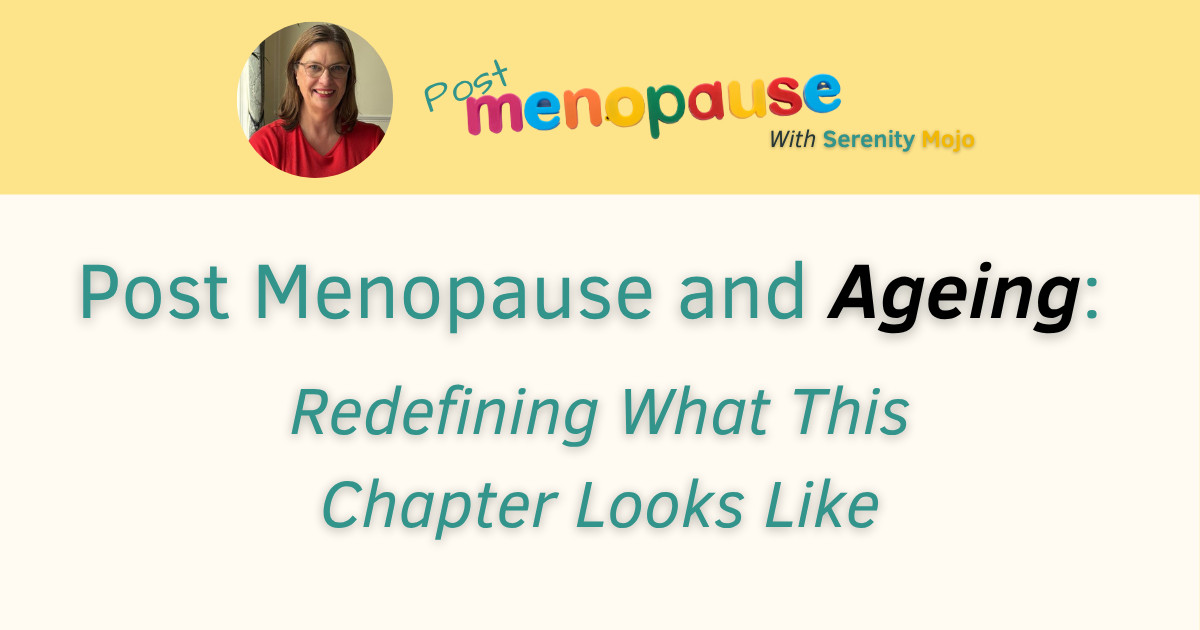
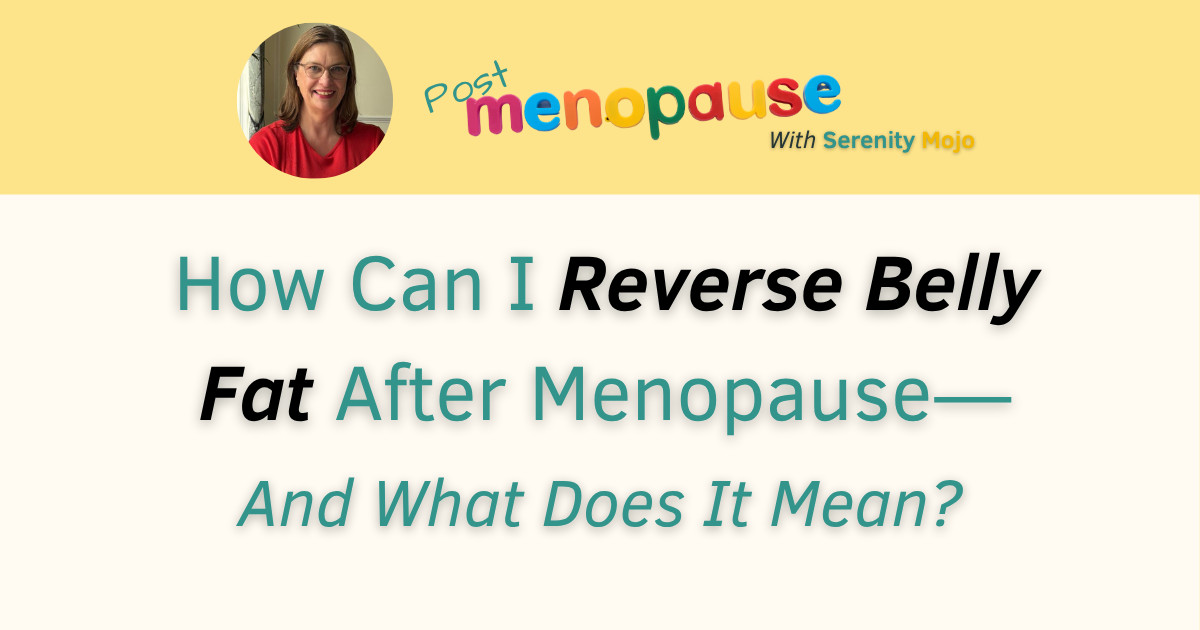
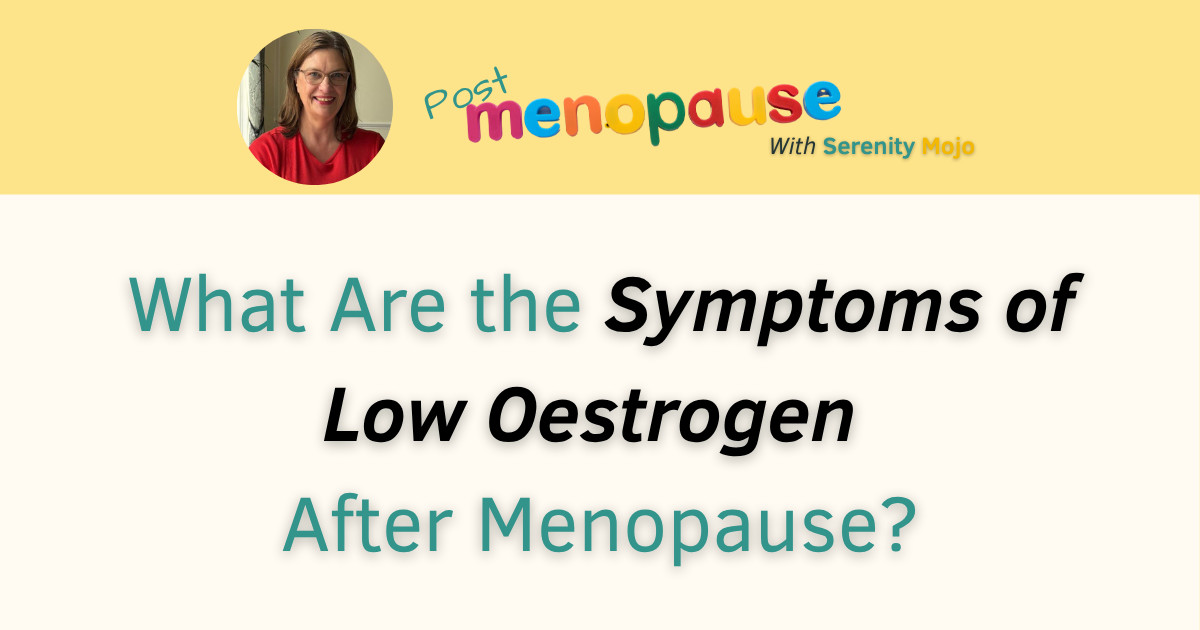

0 Comments